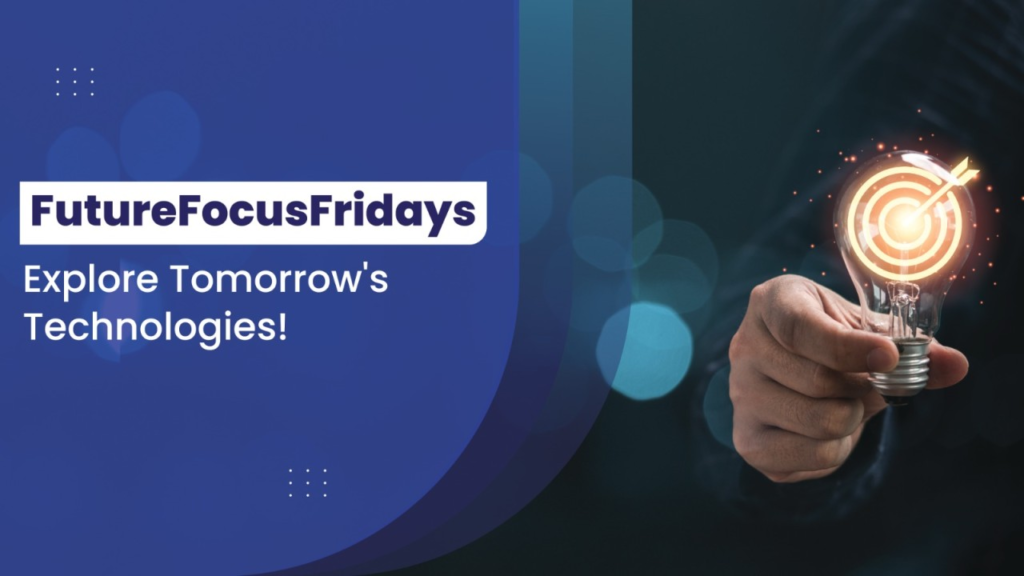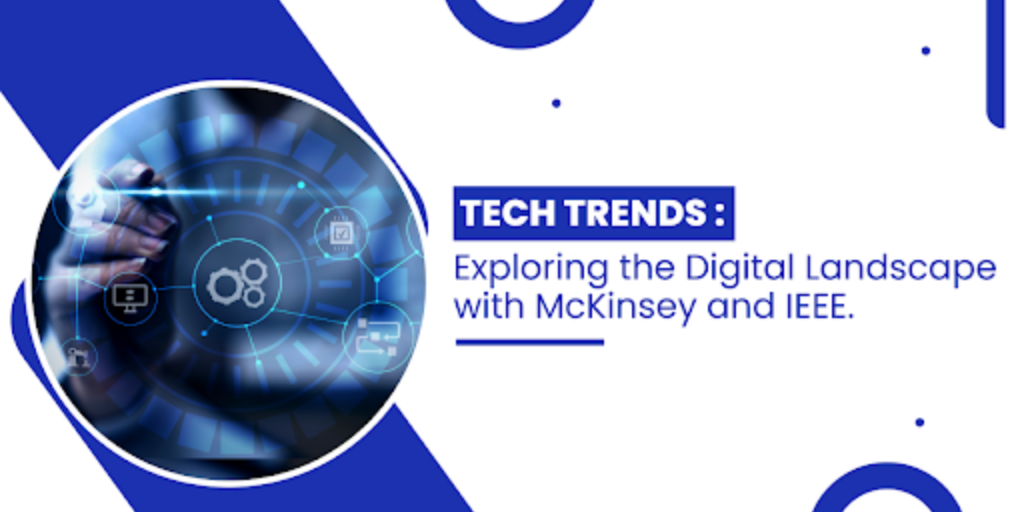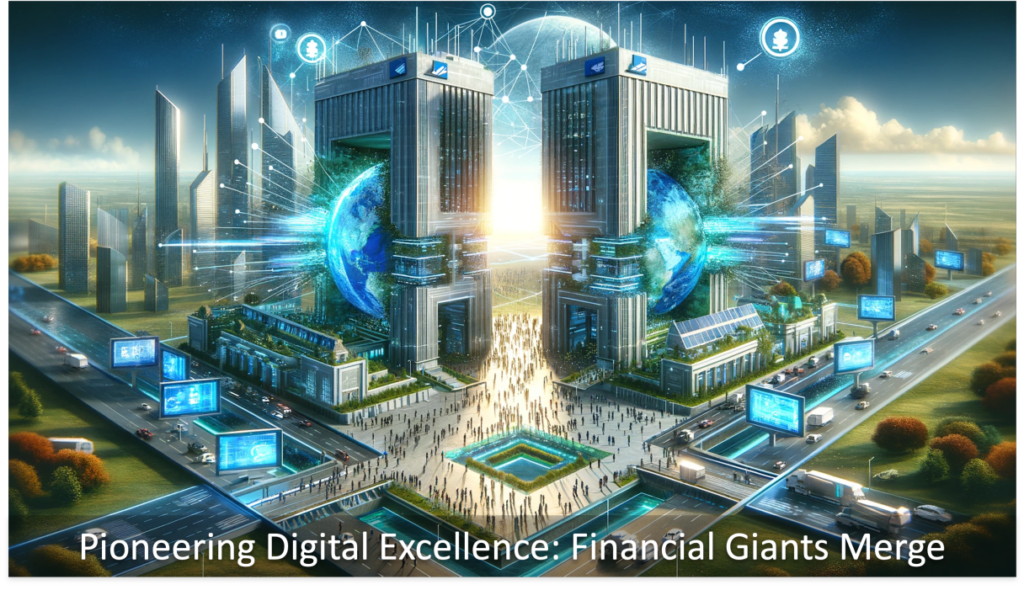Maximizing ROI with SaaS: Choosing the Right Platform for Your Needs
[vc_section][vc_row][vc_column][vc_column_text text_larger=”no”]In today’s rapidly evolving digital landscape, maximizing return on investment (ROI) from Software as a Service (SaaS) platforms is crucial, especially in high-stakes industries like financial services, healthcare, and manufacturing. For decision-makers such as CEOs, CIOs, and other C-suite executives, choosing the right SaaS solution involves a careful evaluation of several key factors that align with their specific business needs. Platforms such as Salesforce for CRM, Slack for communication, and AWS for cloud services are not just tools but strategic assets that can drive significant business value. These platforms offer scalability, cost efficiency, and the ability to rapidly adapt to changing market demands, aligning closely with organizational goals across various sectors, including finance, healthcare, and manufacturing.[/vc_column_text][vc_row_inner][vc_column_inner][vc_custom_heading text=”Expected Outcomes from SaaS Implementations:” use_theme_fonts=”yes”][vc_column_text text_larger=”no”]
- Cost Reduction: C-Suite Leaders can expect substantial savings on hardware, maintenance, and energy costs, turning large capital expenditures into more manageable operational expenses.
- Increased Productivity: By automating and streamlining processes, SaaS platforms enhance productivity, allowing employees to focus on higher-value activities.
- Enhanced Flexibility and Scalability: SaaS provides flexibility to scale operations seamlessly with demand fluctuations without significant upfront investments.
- Improved Data Security: With advanced security measures inherent in SaaS platforms, Leaders can be assured of robust data protection, crucial for maintaining customer trust and compliance with regulatory standards.
- Faster Time-to-Market: The agility offered by SaaS platforms enables organizations to deploy new services and products more quickly, thereby enhancing competitive advantage.
[/vc_column_text][vc_column_text text_larger=”no”]For C-Suite Leaders, understanding these platforms’ strategic alignment with business objectives, scalability, cost implications, and security is vital. This foundational knowledge ensures that SaaS investments are not only justified in terms of ROI but also contribute to long-term sustainable growth.[/vc_column_text][vc_column_text text_larger=”no”]
Industry-Specific Solutions: Each industry has unique challenges and regulatory requirements. For example, healthcare organizations must comply with HIPAA regulations, while financial services firms must adhere to SEC and FDIC guidelines. Therefore, it’s imperative to select a SaaS platform that not only caters to these specific requirements but also offers customization options to tackle industry-specific challenges effectively.
Integration and Flexibility: A SaaS platform should seamlessly integrate with existing legacy systems to prevent disruption and leverage existing data. Additionally, the platform should be scalable and flexible enough to accommodate growth and adapt to changing market conditions or business strategies.
Security and Compliance: This is particularly critical in industries handling sensitive data. A robust SaaS platform must provide top-notch security features and ensure compliance with relevant industry standards to protect data and avoid potential legal and financial penalties.
Cost Structure and ROI Analysis: Understanding the total cost of ownership is essential. This includes not only the subscription fees but also any potential savings over traditional on-premise solutions, considering factors like maintenance costs, energy savings, and the need for physical infrastructure.
Data Analytics and Decision Support: Advanced data management and analytics capabilities can transform decision-making processes, especially in the manufacturing sector where efficiency and precision are paramount. These tools can significantly enhance operational efficiency and strategic planning.
Support and Service: Adequate vendor support and comprehensive Service Level Agreements (SLAs) are crucial to ensure the SaaS provider can meet the demands of the business reliably and consistently.
User Adoption and Training: Lastly, the human aspect of adopting new technology is vital. Effective training programs are necessary to ensure high user adoption rates and to maximize the potential benefits of the new system.
For leaders in these critical sectors, these considerations are not just operational details but strategic imperatives that directly impact their ability to compete and thrive in an increasingly digital world. By carefully selecting SaaS platforms that meet these criteria, companies can ensure they not only enhance their operational capabilities but also achieve a significant return on their investment.
[/vc_column_text][/vc_column_inner][/vc_row_inner][/vc_column][/vc_row][/vc_section][vc_row][vc_column][vc_custom_heading text=”Illustrative Case Study: ” use_theme_fonts=”yes”][vc_column_text text_larger=”no”]Let’s consider a business scenario where a company is evaluating multiple Customer Relationship Management (CRM) platforms to enhance its sales processes. The company is looking at three major CRM systems: Salesforce, Microsoft Dynamics, and HubSpot. The goal is to select the platform that best meets the company’s needs in terms of functionality, integration capabilities, cost, and ease of use.[/vc_column_text][/vc_column][/vc_row][vc_row][vc_column][vc_custom_heading text=”Parameters for Evaluation:” use_theme_fonts=”yes”][vc_column_text text_larger=”no”]
- Functionality: Features such as contact management, sales forecasting, lead management, customer segmentation, and marketing automation capabilities.
- Integration Capabilities: Ability to integrate with existing systems like email, calendar, ERP, and data analytics tools.
- Cost: Includes setup fees, subscription fees, customization, and training costs.
- Ease of Use: User interface simplicity and learning curve for new users.
- Customer Support: Availability of support, responsiveness, and access to training resources.
- Scalability: Ability to scale up as the company grows in terms of user numbers and data volume.
- Security: Compliance with data protection regulations and built-in security features.
- Vendor Stability: Financial health and market position of the vendor.
[/vc_column_text][/vc_column][/vc_row][vc_row][vc_column][vc_custom_heading text=”Indicative Data for Evaluation:” use_theme_fonts=”yes”][vc_column_text text_larger=”no”]Here’s how each platform might score based on hypothetical data for each parameter (on a scale of 1 to 10, with 10 being the best):
| Parameter | Salesforce | Microsoft Dynamics | HubSpot |
| Functionality | 9 | 8 | 7 |
| Integration | 9 | 7 | 8 |
| Cost | 6 | 7 | 9 |
| Ease of Use | 8 | 7 | 9 |
| Customer Support | 9 | 8 | 7 |
| Scalability | 9 | 8 | 7 |
| Security | 9 | 9 | 8 |
| Vendor Stability | 9 | 9 | 7 |
[/vc_column_text][/vc_column][/vc_row][vc_row][vc_column][vc_custom_heading text=”Analysis:” use_theme_fonts=”yes”][vc_column_text text_larger=”no”]
- Salesforce scores highly on functionality, integration, and scalability, making it suitable for larger enterprises needing comprehensive features and extensive integration.
- Microsoft Dynamics offers good functionality and vendor stability but may have higher costs associated with more extensive customizations.
- HubSpot shines in ease of use and cost-effectiveness, suitable for smaller businesses or those emphasizing inbound marketing with a straightforward setup.
[/vc_column_text][/vc_column][/vc_row][vc_row][vc_column][vc_custom_heading text=”Decision Criteria:” use_theme_fonts=”yes”][vc_column_text text_larger=”no”]Based on the weighted importance of each parameter (e.g., functionality might be more critical than cost for a tech-savvy enterprise), a decision matrix can be constructed to numerically determine which CRM system offers the best overall value. For instance, if functionality and integration are most important, Salesforce might lead. If cost and ease of use are prioritized, HubSpot could be the best fit. Here are these indicative scenarios, visualized as radar charts.[/vc_column_text][vc_row_inner][vc_column_inner width=”1/2″][vc_single_image image=”241″ parallax_scroll=”no”][/vc_column_inner][vc_column_inner width=”1/2″][vc_single_image image=”242″ parallax_scroll=”no”][/vc_column_inner][/vc_row_inner][vc_column_text text_larger=”no”]For more detailed templates for decision matrices and ROI charts, please send an email to me at nikhil@jodha-llc.com[/vc_column_text][/vc_column][/vc_row][vc_row][vc_column][vc_custom_heading text=”Conclusion:” use_theme_fonts=”yes”][vc_column_text text_larger=”no”]This evaluative framework helps to make a well-informed decision by comparing critical parameters across different platforms. The use of objective data and a clear scoring system ensures that the decision aligns with strategic business objectives and operational requirements.[/vc_column_text][/vc_column][/vc_row]










